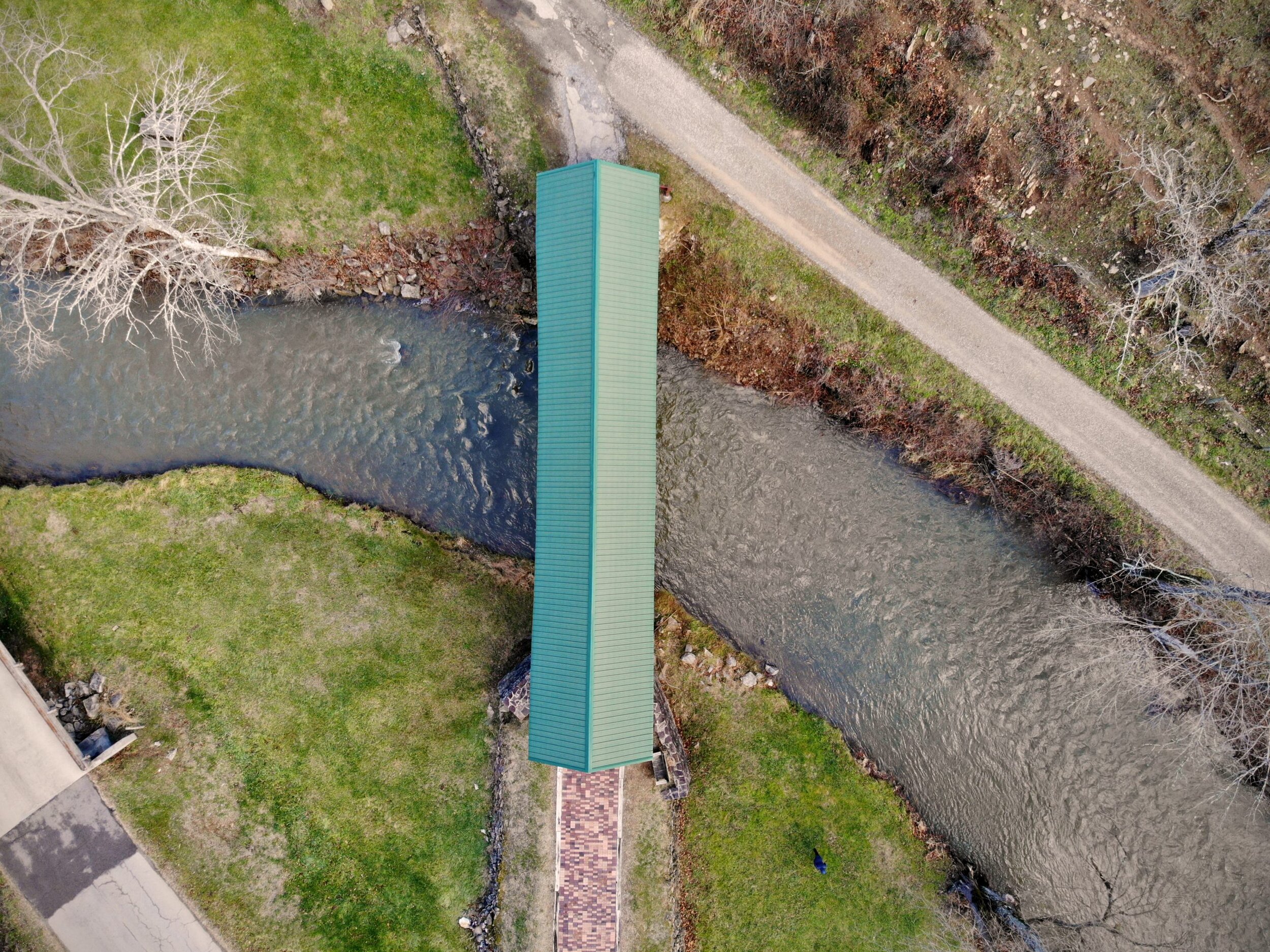
Kevin Jones, Mountains

James Hill, Coastal Plains

Allison Ewing, Piedmont

Allison Ewing, Piedmont

Allison Ewing, Piedmont

James Hill, Piedmont
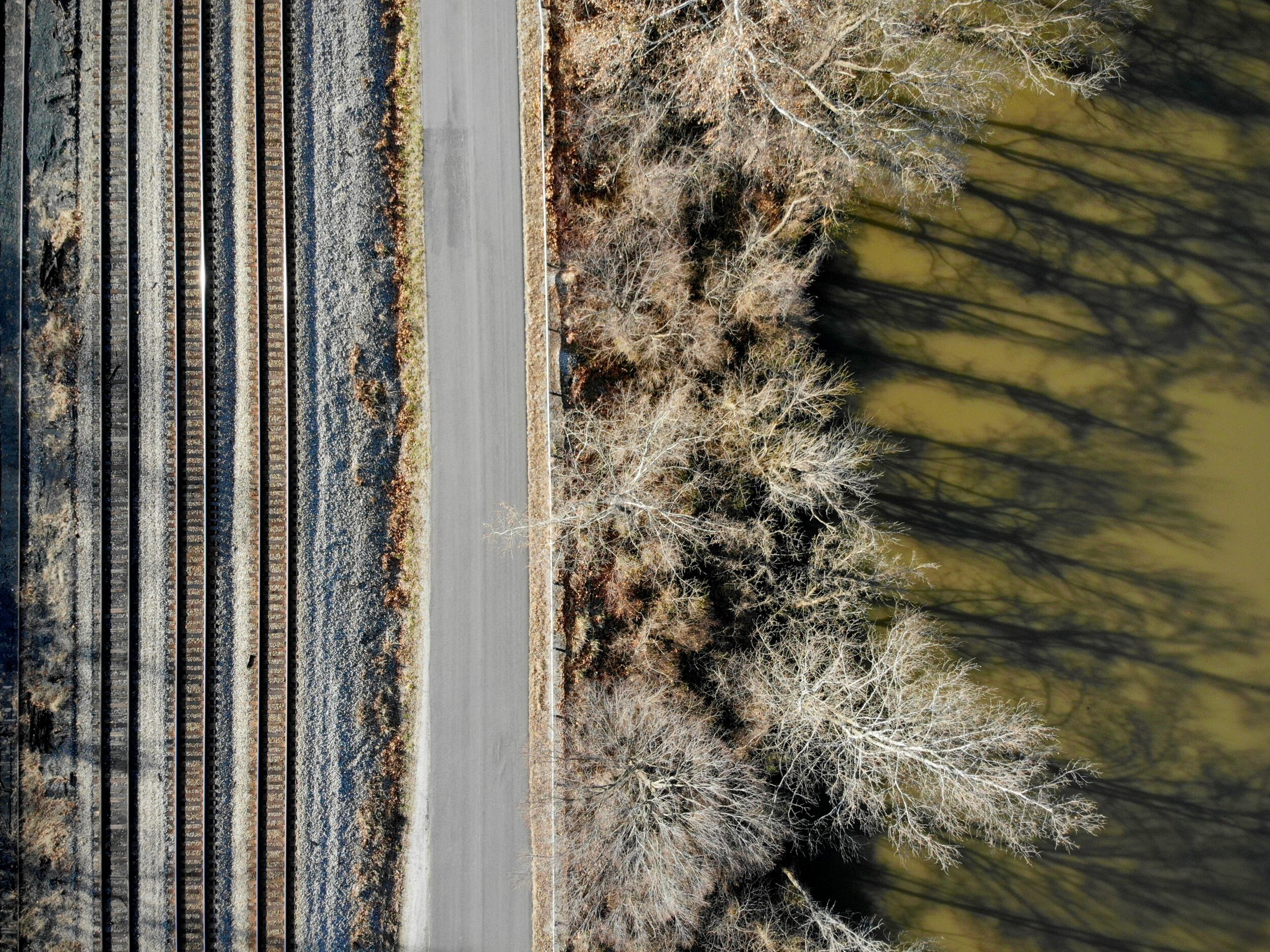
Kevin Jones, Mountains
The ‘holler’ or ‘hollow’ is ubiquitous in the mountains of SW Virginia. These networks of narrow valleys between ridges form a central organizing principle in human settlement and are often associated with coal mining. In order to avoid going up and down the mountains, railroads (and later on, roads) followed the contours of the river bank and to this day allow for the export of coal from the Appalachian coalfields.
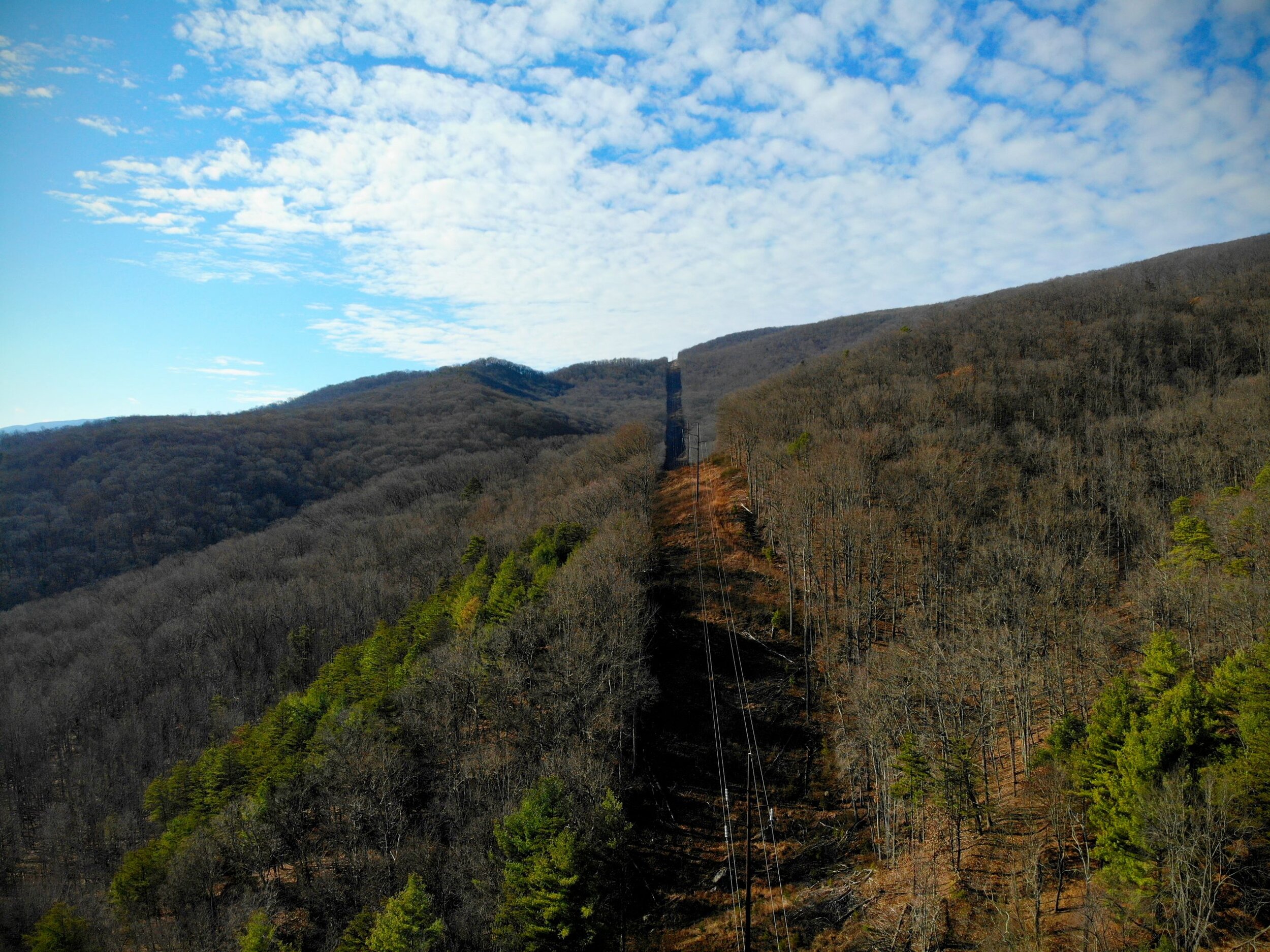
Kevin Jones, Mountains
Lines of ‘deforestation’ allow for electrical transmission lines to traverse the mountain ridges of SW Virginia. These long, impossibly straight scars cut across the landscape and mark an interruption in the pattern of native forest and rolling hills.

Helene Renard, Mountains
This split-rail fence is one of many fence types seen along the Blue Ridge Parkway.
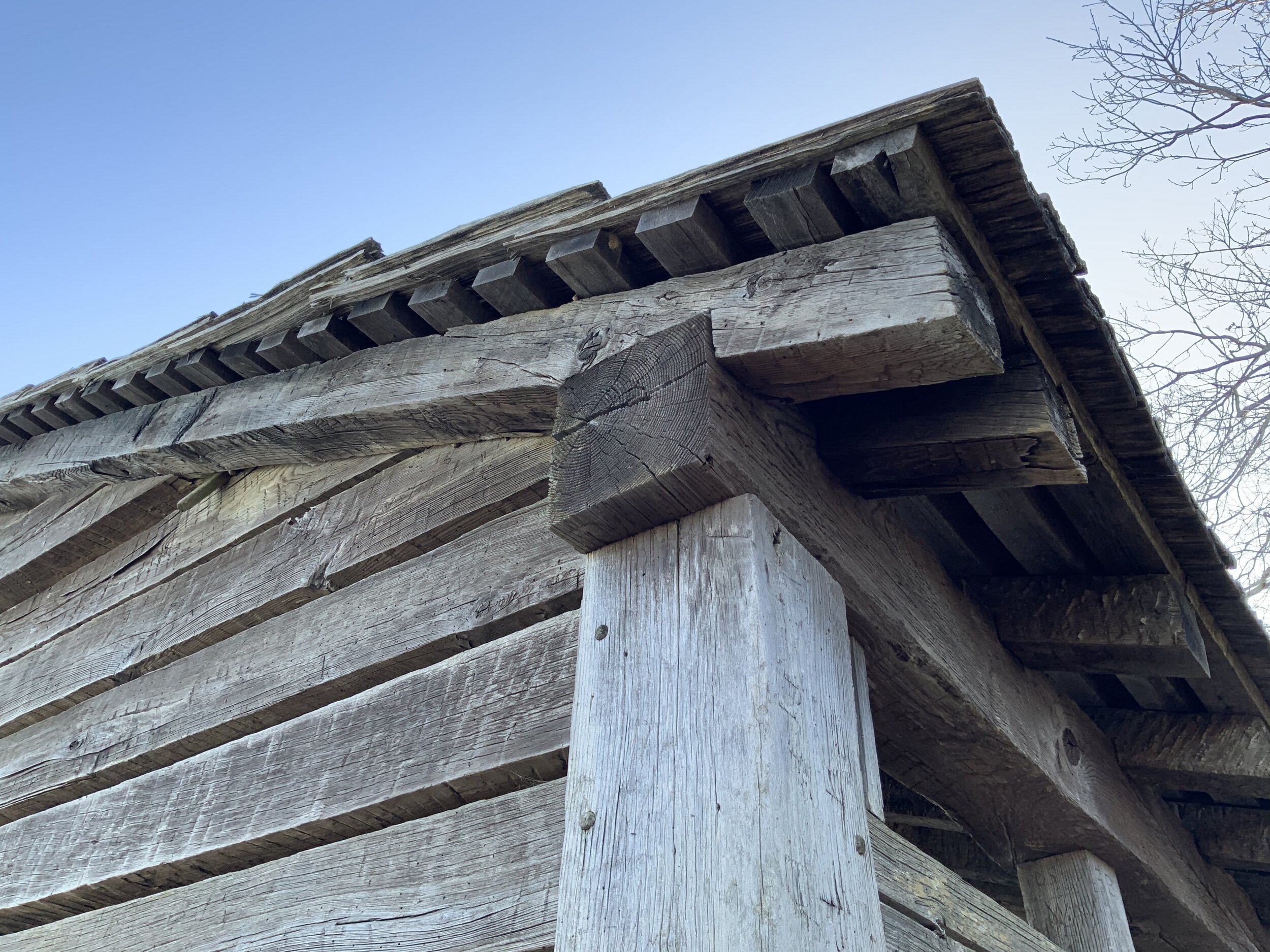
Helene Renard, Mountains

Helene Renard, Mountains

Helene Renard, Mountains
Base and stair at shelter entrance

Helene Renard, Mountains
Shelter roof structure
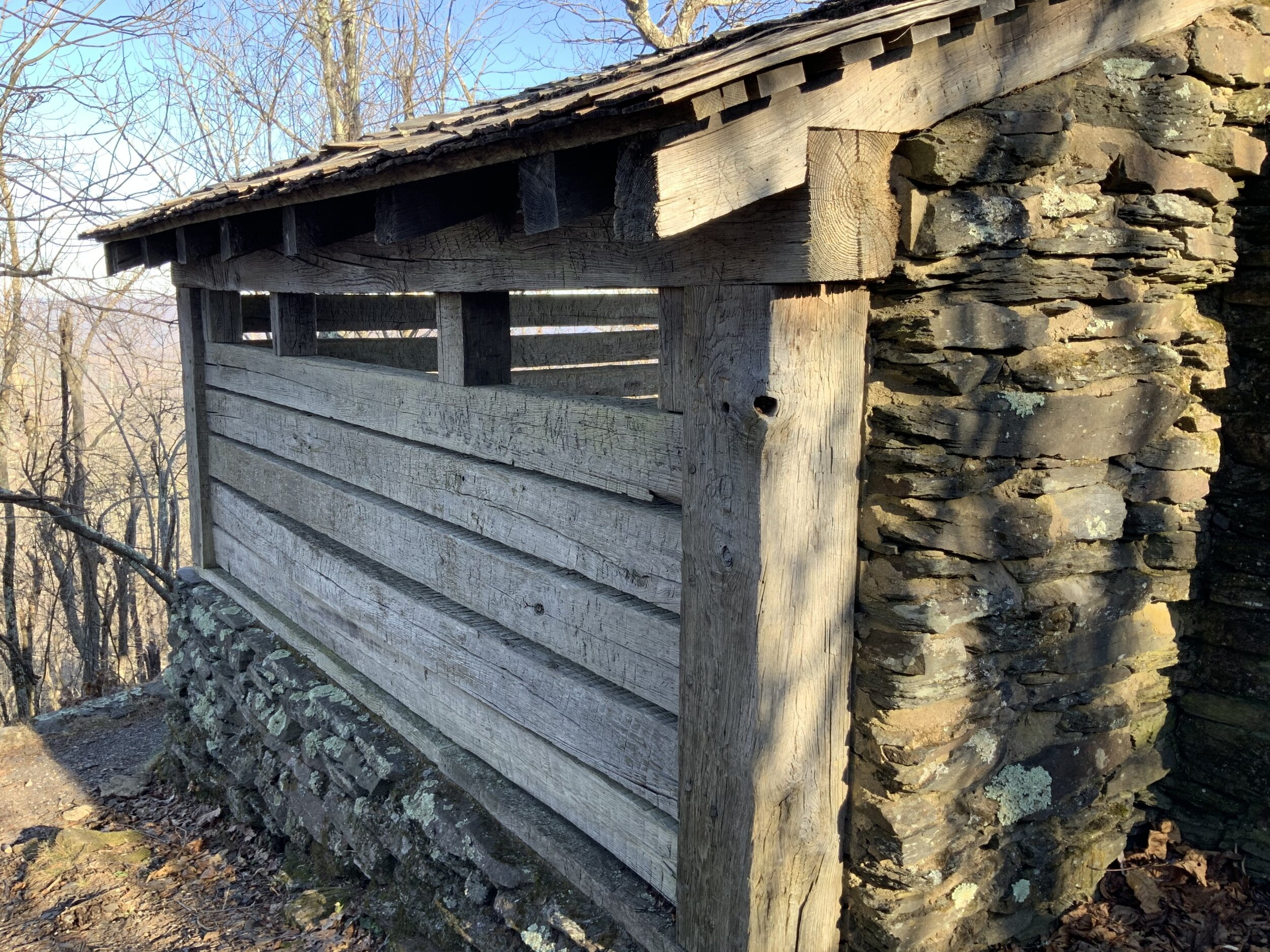
Helene Renard, Mountains
Rocky Knob Shelter

Helene Renard, Mountains
View of overlapping roof segments of the framers market shelter in Blacksburg

Helene Renard, Mountains
As documented in Visual Character of the Blue Ridge Parkway (U.S. Dept of the Interior/NPS), this shelter was the first building constructed on the Blue Ridge Parkway. It is “constructed of exposed heavy, square chestnut timbers erected on a base of horizontally laid stone. The floor is flagstone. The roof is made of hand-split oak shakes on exposed wood purlins. The building is a good example of early rustic park architecture.”
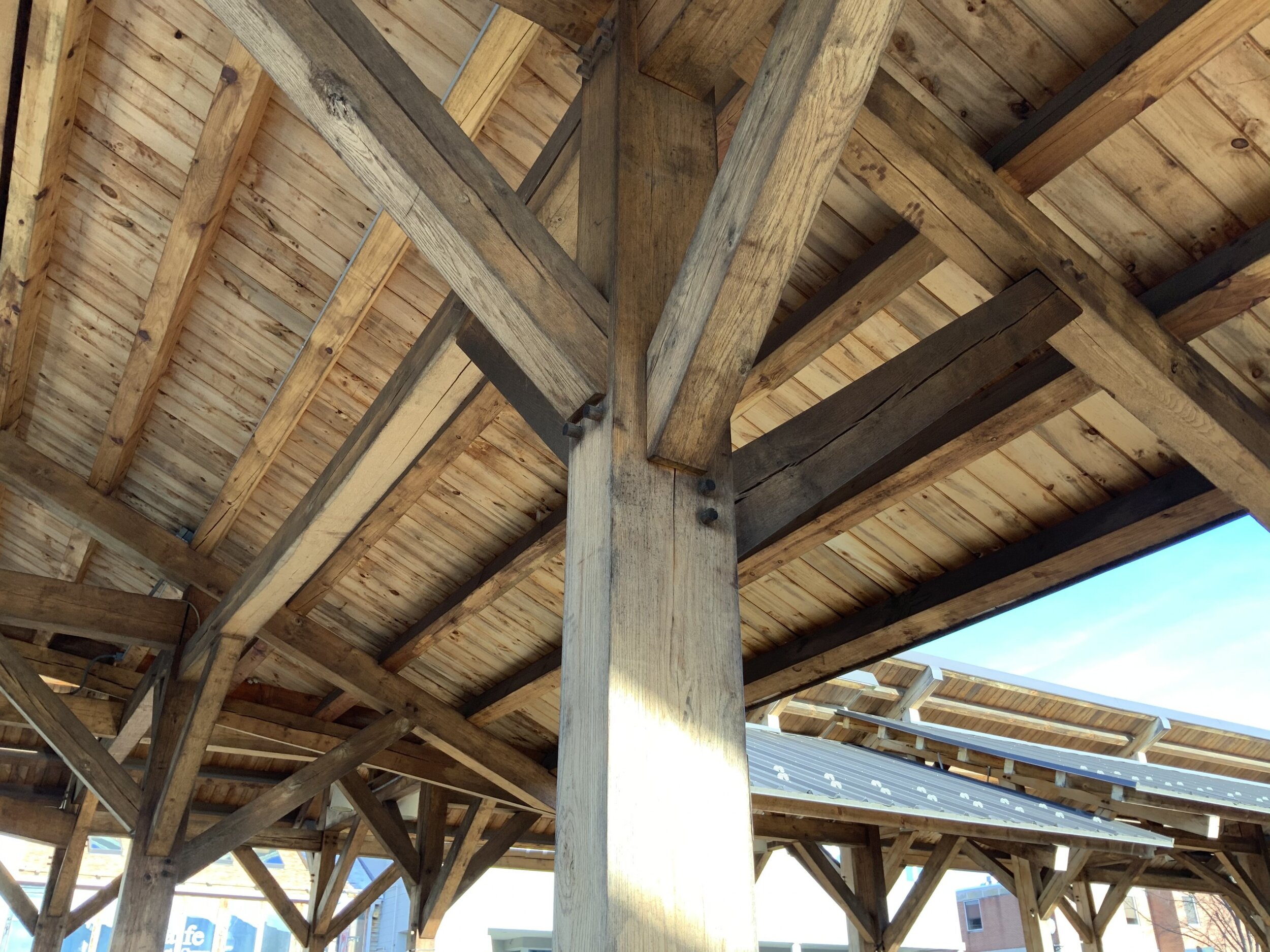
Helene Renard, Mountains
Detail of joint at farmers market timber structure


















